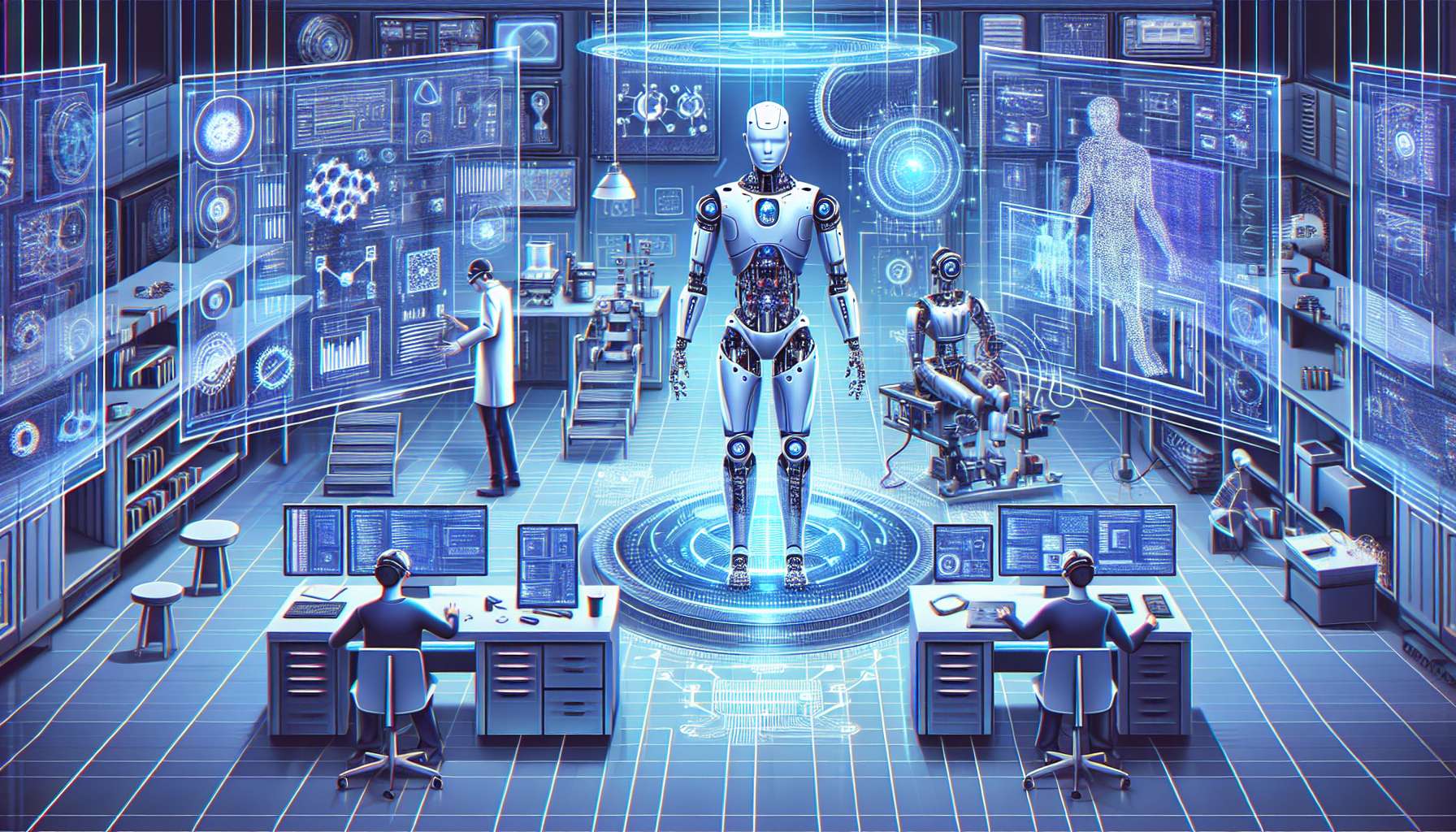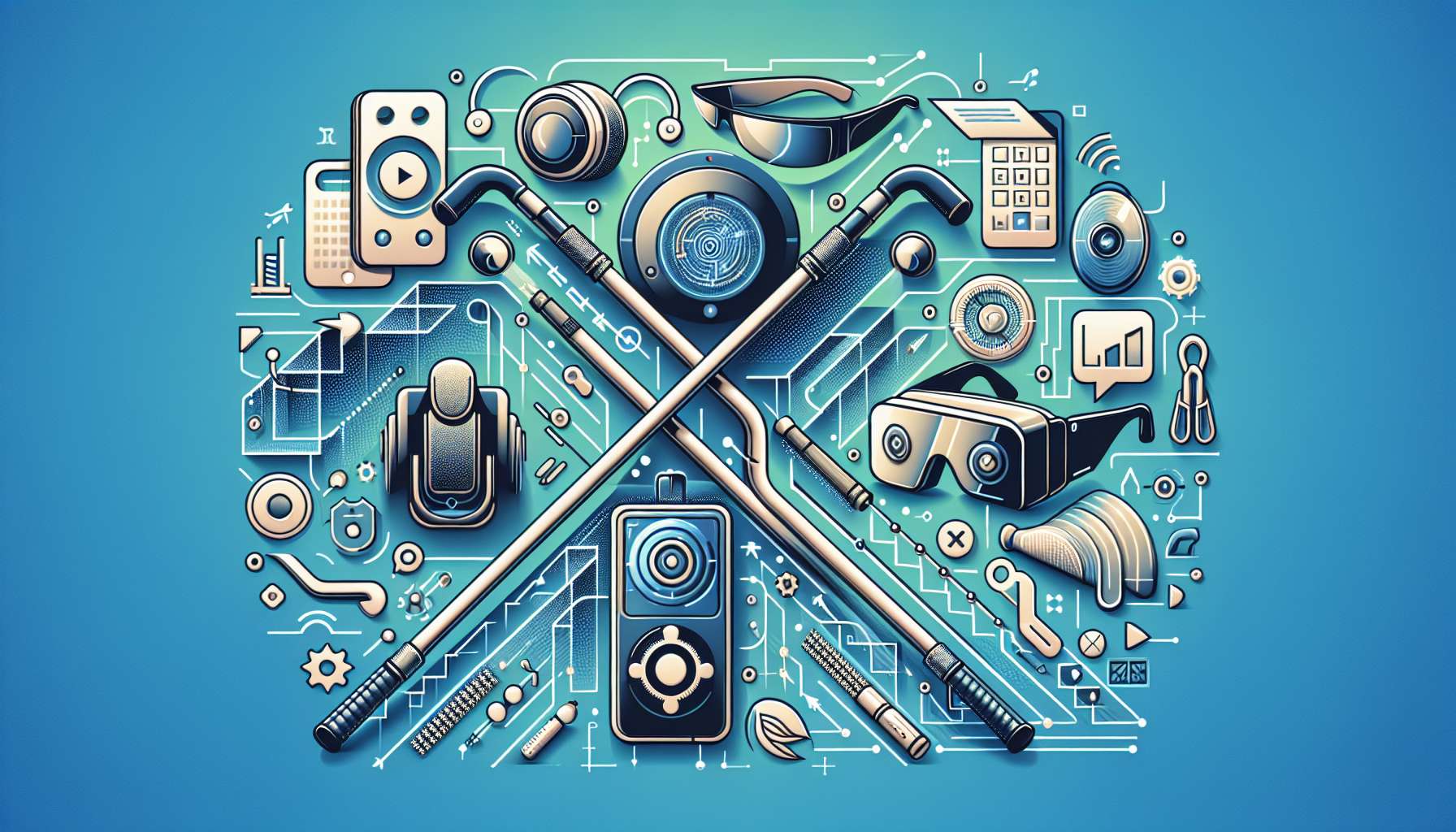Introduction
Artificial Intelligence (AI) has been revolutionizing various industries, and one of the most exciting applications is in robotics. In recent years, there have been significant advancements in creating humanoid machines that can perform tasks with human-like abilities. This article explores the latest developments in AI-powered humanoid robots and their implications.
Enhanced Sensory Capabilities
One of the key areas where AI has made strides in humanoid robots is in enhancing their sensory capabilities. Advanced sensors and cameras enable these robots to perceive and interact with their environment in a more sophisticated manner. This allows them to navigate complex spaces, recognize objects, and even respond to human gestures and commands.
Improved Learning and Adaptation
AI algorithms play a crucial role in enabling humanoid robots to learn from their experiences and adapt to new situations. Machine learning techniques allow these robots to continuously improve their performance and acquire new skills over time. This capability is essential for tasks that require flexibility and problem-solving abilities.
Human-Robot Interaction
Another area of focus in AI-powered humanoid robots is enhancing human-robot interaction. Natural language processing algorithms enable these robots to understand and respond to verbal commands, making them more user-friendly. Additionally, emotional recognition technology allows robots to interpret human emotions and respond accordingly, enhancing their social capabilities.
Applications in Various Industries
The advancements in AI-powered humanoid robots have opened up a wide range of applications across various industries. In healthcare, these robots can assist with patient care and rehabilitation tasks. In manufacturing, they can perform complex assembly tasks with precision and efficiency. In the service industry, humanoid robots can interact with customers and provide assistance in retail settings.
Challenges and Future Directions
Despite the progress made in AI-powered humanoid robots, there are still challenges to overcome. Ensuring the safety and ethical use of these robots remains a priority, especially in sensitive environments. Additionally, improving the dexterity and mobility of humanoid robots to perform tasks that require fine motor skills is an ongoing area of research.
Conclusion
The advancements in AI-powered humanoid robots represent a significant step forward in the field of robotics. With enhanced sensory capabilities, learning algorithms, and improved human-robot interaction, these machines are becoming increasingly versatile and capable of performing a wide range of tasks. As research in this field continues to progress, we can expect to see even more sophisticated humanoid robots that blur the line between man and machine.








